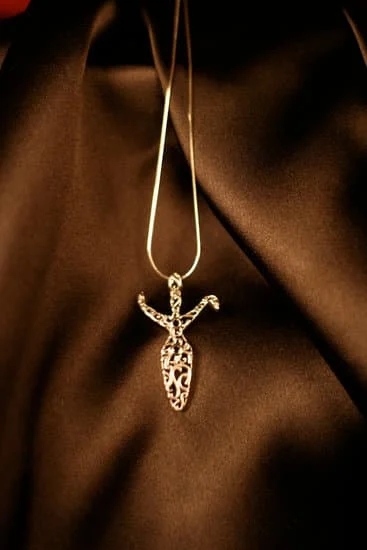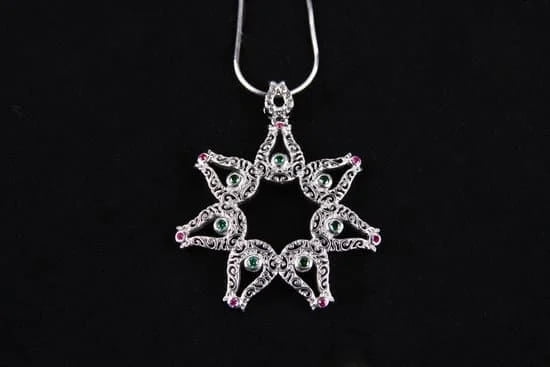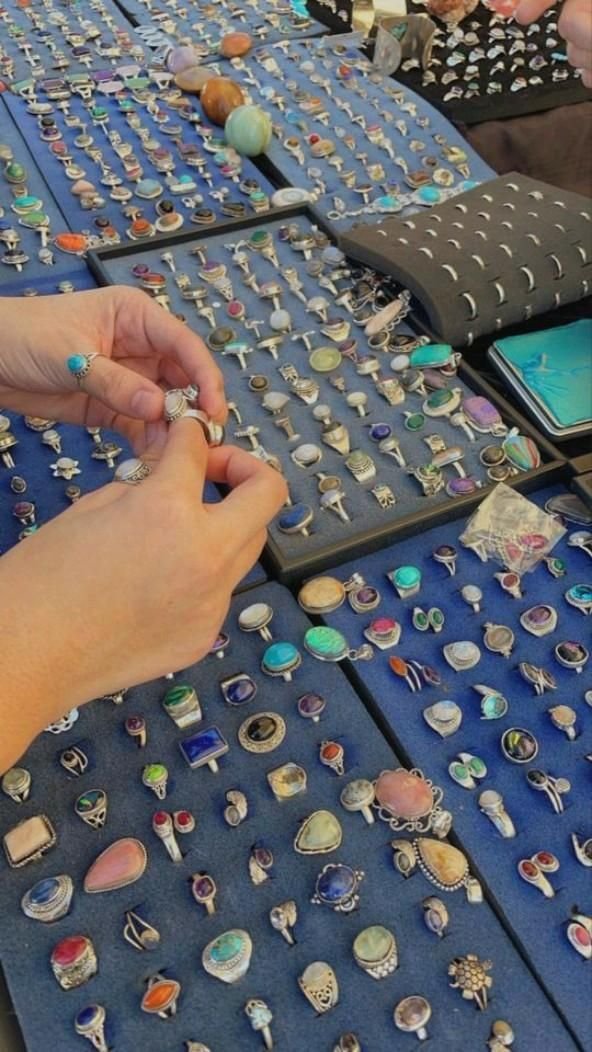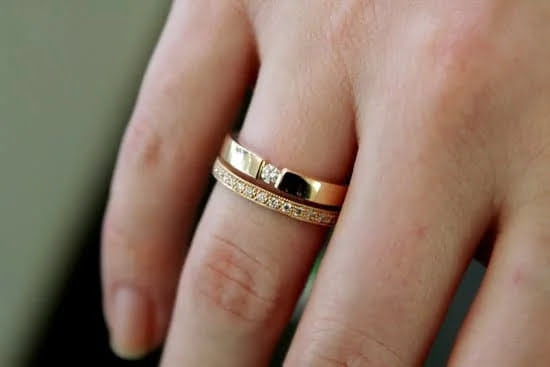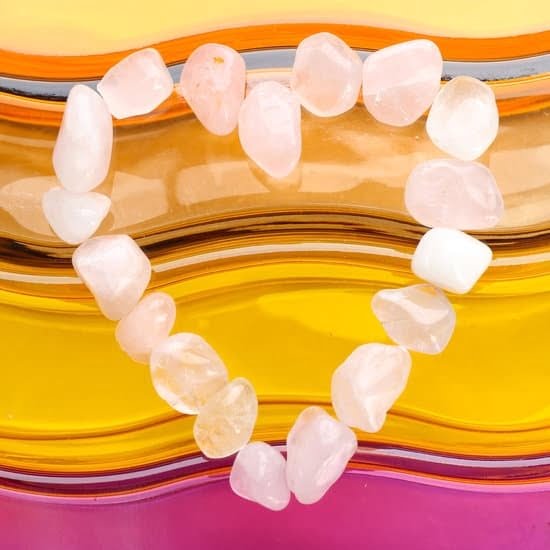Coral has been used in jewelry making for centuries, with a rich history that dates back to ancient civilizations. The history of coral jewelry is as fascinating as it is beautiful, and its significance varies across different cultures and regions around the world.
In this article, we will delve into the origins, symbolism, craftsmanship, and popularity of coral jewelry throughout history. We will also explore its cultural significance in different parts of the world and discuss the sustainability and ethical considerations surrounding the use of coral in jewelry making.
The use of coral in jewelry can be traced back to ancient civilizations such as the Egyptians, who adorned themselves with intricately crafted coral ornaments. Throughout history, coral has been valued for its striking beauty and believed to possess protective properties, making it a popular choice for jewelry making across different cultures. Its vibrant hues and organic textures have inspired artisans to create unique pieces that have stood the test of time.
As we embark on this exploration of coral jewelry, we will examine how traditional techniques have evolved alongside modern innovations in craftsmanship. Additionally, we will consider the trends and advancements in the industry that shape the future of coral jewelry. From its beginnings to its enduring appeal, coral jewelry continues to captivate enthusiasts with its timeless charm and cultural significance.
The Origins of Coral Jewelry
In ancient Egypt, coral was used not only for adornment but also for its perceived protective qualities. It was commonly used in amulets and talismans to ward off evil spirits and bring good fortune. In Greece, coral was associated with the goddess Aphrodite and considered a symbol of fertility and protection. The Romans also valued coral for its supposed medicinal properties, often using it in jewelry as a form of protection against illness.
The use of coral in jewelry has endured for centuries, showcasing its timeless appeal and cultural significance across different civilizations. Its rich history reveals how coral has been cherished not only for its beauty but also for the symbolism and meaning attached to it.
| Historical Civilization | Significance of Coral Jewelry |
|---|---|
| Ancient Egypt | Used in amulets for protection |
| Greece | Associated with goddess Aphrodite – symbol of fertility |
| Rome | Valued for medicinal properties – protection against illness |
The Symbolism and Cultural Significance of Coral in Jewelry
Coral has been used in jewelry for centuries and holds deep cultural and symbolic significance in many societies around the world. The history of coral jewelry dates back to ancient civilizations, where it was valued for its vibrant color and believed to possess protective properties.
In ancient Egypt, coral was associated with the goddess Isis and was often used in amulets and talismans to protect against evil spirits. Similarly, in ancient Rome, coral was believed to ward off danger and bring good luck.
Symbolism of Coral
In addition to its protective qualities, coral is also symbolically linked to femininity, fertility, and motherhood. This is particularly evident in Italian culture, where coral has long been worn by women as a symbol of strength, passion, and protection. In some traditions, the gift of coral jewelry is thought to bestow love and friendship upon the recipient. Its connection to the sea also imbues it with a sense of tranquility and peace.
Cultural Significance
The cultural significance of coral varies across different regions and communities. In Mediterranean countries such as Italy and Greece, coral has been an integral part of traditional dress and adornment for centuries. It is often used in religious ceremonies and celebrations, symbolizing purity, prosperity, and protection from harm. In Asian cultures such as Japan and China, red coral holds particular importance as a precious material cherished for its beauty and rarity.
As we observe the wide-ranging symbolism and cultural significance of coral in jewelry throughout history, it becomes clear that this precious material continues to hold a special place in the hearts of people around the world.
The Craftsmanship of Coral Jewelry
Coral jewelry has a rich history dating back to ancient civilizations, where it was highly prized for its beauty and symbolism. The craftsmanship of coral jewelry has evolved over the centuries, from traditional techniques to modern innovations, resulting in exquisite pieces that continue to captivate the world today.
In ancient times, coral was carved and polished by hand using rudimentary tools, showcasing the skill and artistry of ancient craftsmen. These early artisans carefully crafted intricate designs and shapes, often incorporating coral into amulets, talismans, and other forms of adornment with great significance. The use of coral in jewelry was not only a display of wealth and status but also held symbolic meaning in various cultures.
As time progressed, new technologies and advancements in jewelry-making allowed for further innovation in the craftsmanship of coral jewelry. Traditional techniques were combined with modern tools and methods, resulting in more intricate designs and styles. Today, skilled jewelers continue to use traditional methods such as carving and shaping coral by hand, while also integrating modern technologies like 3D printing and laser cutting to create unique pieces.
The craftsmanship of coral jewelry is a testament to the enduring allure of this natural material. Whether crafted using traditional techniques or modern innovations, each piece of coral jewelry reflects the rich history and cultural significance of this timeless adornment. As the demand for sustainable and ethically sourced materials continues to grow, the future of coral jewelry will undoubtedly see further advancements that prioritize both craftsmanship and ethical considerations.
The Popularity of Coral Jewelry Throughout History
Coral jewelry has been popular throughout history, with its appeal transcending time and cultures. From ancient civilizations to modern times, coral has been prized for its vibrant color and natural beauty, making it a sought-after material for jewelry-making.
In ancient times, coral was highly valued and used as a form of currency and trade. The Egyptians, Greeks, and Romans all adorned themselves with coral jewelry, believing in its protective properties and its ability to ward off evil spirits. It was also associated with fertility and believed to bring good luck.
During the Victorian era, coral jewelry experienced another surge in popularity. Queen Victoria’s love for colorful gemstones and her frequent visits to the Mediterranean coast sparked a trend for coral jewelry among the European elite. The development of new mining techniques also made coral more accessible, increasing its popularity among the middle class as well.
In more recent times, coral jewelry has remained popular due to its timeless appeal. It continues to be a symbol of luxury and elegance, often favored by celebrities and fashion icons. Despite changes in trends and designs over the years, the allure of coral jewelry endures, making it a beloved choice for those seeking classic yet distinctive pieces.
| Time Period | Significance |
|---|---|
| Ancient Times | Coral was used as currency and believed to have protective properties |
| Victorian Era | Coral gained popularity among European elite due to Queen Victoria’s influence |
| Modern Times | Celebrities and fashion icons continue to favor coral jewelry for its timeless appeal |
Coral Jewelry in Different Cultures and Regions Around the World
Coral has been used in jewelry-making for centuries across different cultures and regions around the world. The use of coral in jewelry is not limited to one particular culture or country, as it holds significance in various parts of the world.
Mediterranean Regions
In the Mediterranean region, particularly in Italy and Greece, coral has a long history of being used in jewelry. Coral was highly valued by the ancient Romans and Greeks, who believed that it had protective properties and could ward off evil spirits.
In Italian culture, coral jewelry is often worn by children as a protection against the “evil eye.” The tradition of using coral in jewelry has been passed down through generations in these regions, making it an integral part of their cultural heritage.
Asian Cultures
Coral jewelry also holds deep cultural significance in many Asian countries such as Japan, China, India, and Tibet. In Japan, red coral is particularly prized and is believed to symbolize longevity, prosperity, and protection from harm. In China, coral beads are often incorporated into traditional bridal jewelry as a symbol of happiness and good fortune. In India and Tibet, coral is believed to have spiritual significance and is used in religious ceremonies and rituals.
Indigenous Cultures
Indigenous cultures around the world also have a rich history of using coral in their jewelry. For example, Native American tribes such as the Navajo and Pueblo people have incorporated coral into their traditional silver jewelry for centuries. The vibrant red color of coral is often used to represent blood or life force in indigenous cultures, symbolizing vitality and strength.
Overall, the use of coral in jewelry is deeply rooted in diverse cultural traditions around the world, each with its own unique symbolism and significance.
The Sustainability and Ethical Considerations of Coral Jewelry
Coral jewelry has been valued for its beauty and cultural significance for centuries, but as with any natural resource, there are important sustainability and ethical considerations to take into account. The harvesting of coral for jewelry has raised concerns about the impact on coral reef ecosystems, as well as the ethical practices involved in obtaining coral for commercial use.
There are several sustainability issues to consider when it comes to coral jewelry. Coral reefs are delicate and vital ecosystems that provide habitat for a diverse range of marine life. Over-harvesting of coral can have devastating effects on these ecosystems, leading to a decline in biodiversity and ecological balance. In addition, the methods used to harvest coral can also cause damage to the reefs themselves, further impacting their health and resilience.
In response to these concerns, there has been an increasing focus on sustainable practices within the coral jewelry industry. Many jewelry makers are now committed to sourcing their coral from responsible suppliers who adhere to strict environmental standards.
Additionally, some artisans are using alternative materials that mimic the appearance of coral without actually using the natural resource. By embracing sustainable practices and innovative materials, the industry is working towards minimizing its impact on coral reefs while still creating beautiful pieces of jewelry inspired by the natural world.
- Sustainable practices in coral harvesting
- Ethical sourcing and supply chain transparency
- Alternatives to traditional coral in jewelry making
By addressing these sustainability and ethical considerations, the future of coral jewelry can be shaped in a way that celebrates its beauty while also preserving the natural habitats from which it is derived. As consumer awareness grows and demand for ethically sourced products increases, it is likely that more innovations and advancements will be made in this area of the jewelry industry.
The Future of Coral Jewelry
Coral jewelry has been cherished for centuries, with its rich history and cultural significance making it a sought-after adornment. From ancient civilizations to modern innovations, the craftsmanship and symbolism behind coral jewelry have captivated people around the world. As we look towards the future of coral jewelry, it is essential to consider the trends and advancements that are shaping the industry.
In recent years, there has been a growing emphasis on sustainability and ethical considerations within the coral jewelry industry. With concerns about the impact of coral harvesting on marine ecosystems, designers and manufacturers are increasingly turning towards environmentally-friendly alternatives. This shift towards sustainability not only benefits the environment but also contributes to a positive ethical image for the industry as a whole.
In terms of design and innovation, coral jewelry is constantly evolving to meet the demands of contemporary fashion. From statement pieces to delicate accents, coral jewelry continues to be versatile and adaptable to changing trends.
Whether it’s through traditional craftsmanship or modern techniques, the future of coral jewelry holds promise for continued creativity and ingenuity in the industry. As we move forward, it will be exciting to see how designers and artisans continue to push boundaries and explore new possibilities with this timeless gemstone.
Frequently Asked Questions
What Does Coral Jewelry Symbolize?
Coral jewelry symbolizes protection, healing, and transformation. In many cultures, it is believed to ward off evil spirits and bring good luck. It also symbolizes the energy of the sea and life.
Is Coral Jewelry Worth Anything?
Yes, coral jewelry can be worth a significant amount, especially if it is made from precious or rare coral species such as red coral or black coral. Vintage or antique pieces can also hold considerable value.
Is Coral Jewelry Still Made?
Yes, coral jewelry is still made today by artisans and jewelry designers around the world. However, there are growing concerns about sustainability and ethical sourcing due to the decline of natural coral reefs. Some designers are turning to using faux coral or sustainably harvested coral in their creations to address these issues.

Welcome to my jewelry blog! My name is Sarah and I am the owner of this blog.
I love making jewelry and sharing my creations with others.
So whether you’re someone who loves wearing jewelry yourself or simply enjoys learning about it, be sure to check out my blog for insightful posts on everything related to this exciting topic!

